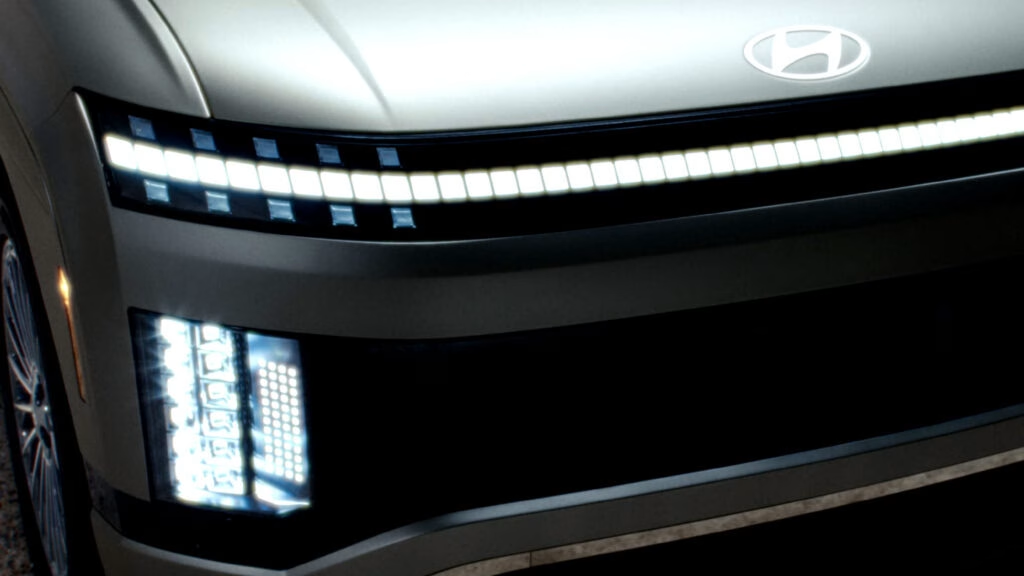In April 2025, the electric vehicle (EV) market in the United States experienced a surprising downturn, marking the first decline in registrations after a remarkable 14 months of growth. A total of 97,833 new EVs were registered, capturing 6.6 percent of the market, down from 7.4 percent the previous year. This dip has raised eyebrows among industry analysts and consumers alike, prompting a closer look at the factors influencing this shift.
What Caused the Decline in EV Registrations?
Several elements seem to be contributing to this unexpected decline. For starters, the political landscape plays a significant role. Analysts suggest that former President Trump’s vocal opposition to EVs and his commitment to repealing the so-called “EV Mandate” may have discouraged potential buyers. This mandate was designed to provide incentives for EV purchases, and its potential repeal could deter consumers from making the switch to electric.
Additionally, persistent concerns about charging infrastructure and range anxiety continue to loom large in the minds of many consumers. While EV technology has advanced significantly, the fear of running out of battery power without a charging station nearby remains a barrier for some. As a result, a growing number of shoppers are opting for hybrid models, which offer a more familiar fuel source alongside electric capabilities.
The Numbers Behind the Shift
The decline in EV registrations wasn’t uniform across all brands. Tesla, the largest player in the U.S. EV market, saw a notable 16 percent drop in registrations, totaling 39,913 new vehicles. In contrast, Chevrolet bucked the trend with a staggering 215 percent increase, largely thanks to the popularity of the Equinox EV, which alone accounted for 5,424 registrations. This surge allowed Chevrolet to capture 9.4 percent of the EV market, making it a significant contender.
Ford, on the other hand, faced a 33 percent decline, registering 5,534 new EVs. Meanwhile, BMW managed a slight increase of 8.7 percent with 4,812 registrations, while Hyundai fell to fifth place with a 25 percent drop, totaling 4,796 units. Other brands like Rivian and Kia also reported significant declines, with Kia experiencing a staggering 68 percent drop in sales.
Interestingly, some brands thrived during this period. Cadillac and Honda posted impressive gains of 104 percent and an astonishing 2,359 percent, respectively. Smaller players like Volvo and Porsche also saw substantial percentage increases, although their overall volumes remain relatively low compared to giants like Tesla and Chevrolet.
What Lies Ahead for the EV Market?
The current landscape suggests that the EV market is at a crossroads. Analysts like Tom Libby from S&P Global Mobility warn that the previous month’s growth was weak, indicating a potential trend of ongoing challenges for the EV sector. With various factors working against EV adoption, including political influences and consumer hesitations, the future remains uncertain.
However, it’s essential to recognize that the EV market is still evolving. Automakers are continuously innovating, and as technology improves and infrastructure expands, consumer confidence may gradually return. The key takeaway? The current dip in EV registrations isn’t a death knell for electric vehicles; rather, it’s a reminder of the complexities involved in shifting consumer preferences and the broader market dynamics at play.
As we move forward, keeping an eye on these trends will be crucial for understanding the future of transportation. The big takeaway? The EV journey isn’t about perfection—it’s about smarter adjustments. Start with one change this week, and you’ll likely spot the difference by month’s end.

